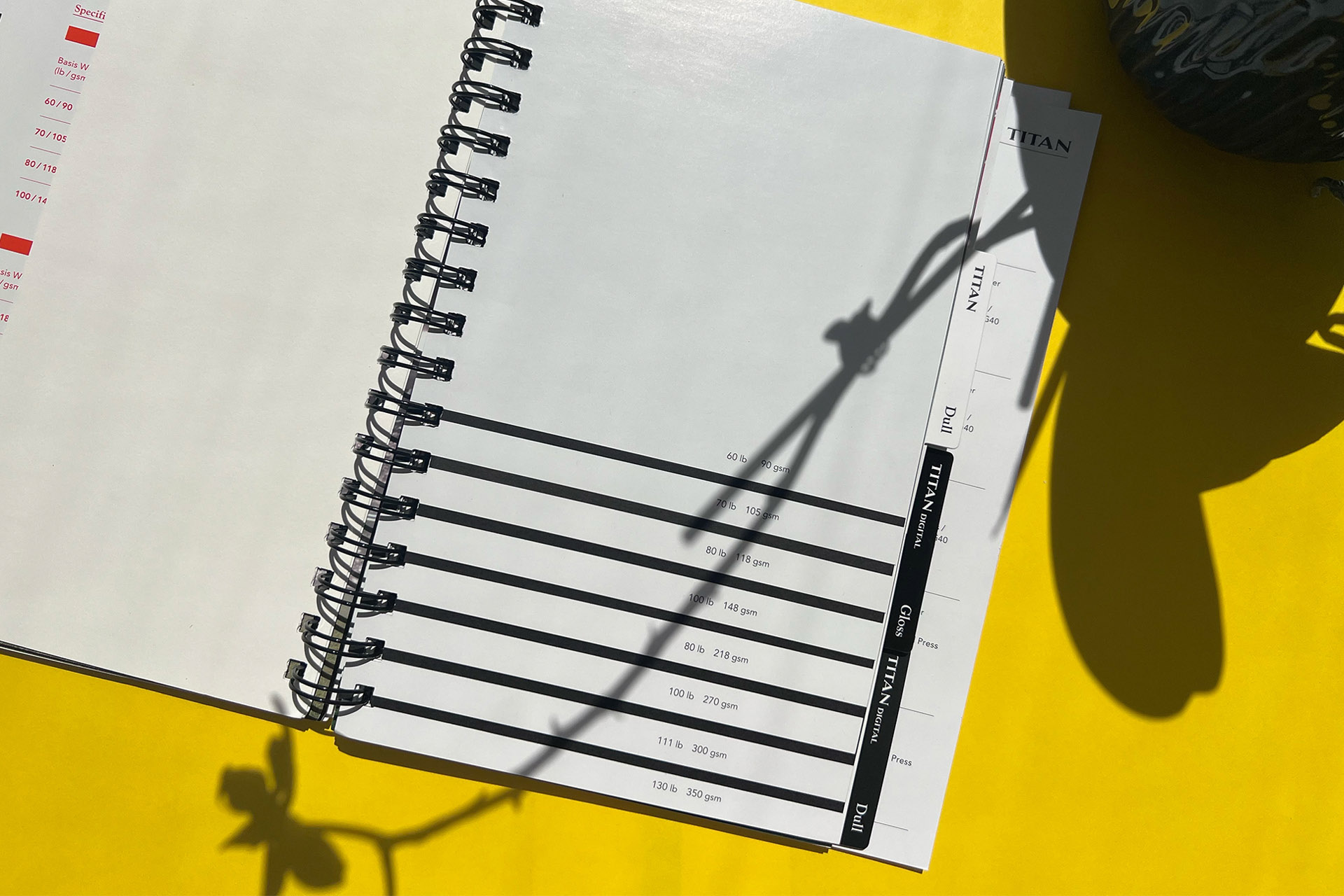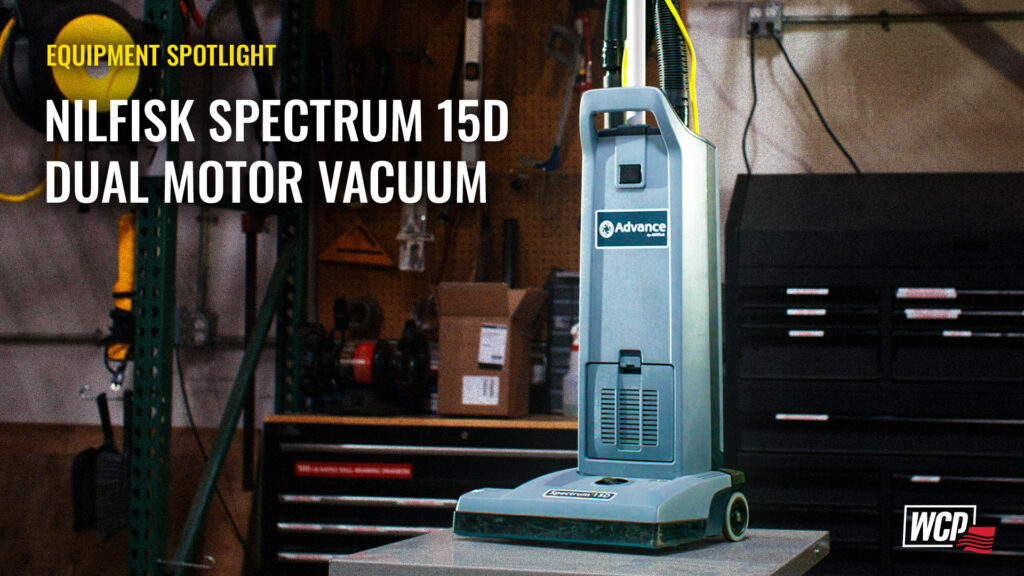Paper 101: Paper Brightness, Whiteness, and Opacity
Paper 101: Paper Brightness, Whiteness, and Opacity
Did you know that paper comes in different whitenesses and brightnesses? Did you know that there was a difference at all? Variables such as lighting, the paper opacity, whether it is coated or uncoated, and the weight of the sheet can all impact how bright and white a sheet of paper is perceived to the human eye. So before you begin your next print project, make sure you know the difference between paper brightness, whiteness, and opacity.
What is Paper Opacity?
Paper opacity refers to the amount of light that can transfer through a sheet of paper. In other words, how translucent it is. If it has a high opacity, then it is less likely to allow light to transfer through it or show printing through the backside. If the paper has a low opacity, then it is the opposite – it is more likely to allow light to pass through, and any text or images printed on the backside will be slightly visible. How opaque a paper is, is determined by the paper’s weight, finish, and if it is uncoated or coated.
What is Paper Brightness?
Paper brightness refers to a paper’s ability to reflect light. This is determined by a point scale from zero to one hundred based on the TAPPI brightness measurement. The higher the number, the “brighter” the sheet is. The human eye cannot tell the difference between brightness levels if they are within two points of each other. For reference, standard office paper typically has a brightness number between 80-100 and our US Office Copy Paper has a brightness of 92. Paper that has optical brightener in its fibers will have a higher brightness percentage than paper without. The paper appears brighter by re-emitting ultraviolet light.
The “brighter” the paper, the more expensive it is for the mill to make because of the ingredients used. But brighter paper also tends to hold a higher value because people perceive it to be more expensive and of higher quality. Therefore, it has a better market perception. That is why a lot of mills use brightening agents to make their papers appear whiter.
What is Paper Whiteness?
Paper whiteness is based on the amount of red, blue, and green light that the human eye can see when looking at a piece of paper. If the paper reads more warm, then more reds are present and if it reads more cool, then more blues are present. The type of lighting exposure and where you view a sheet of paper will also distort the visible whiteness. Sometimes the more blue sheets appear brighter and whiter to the naked eye because blue is light-reflective, while red is not.
To make a dull sheet appear more bright, OBAs (optical brightening agents) are added. In outdoor lighting, the sheet of paper will appear more bright than it does inside. When a paper has low OBAs, it will appear whiter indoors and duller outside, however, a large majority of white papers have some OBAs in them.
At the end of the day, paper whiteness is based on preference. Papers come in a variety of whites, so there is no wrong choice when choosing any white paper.
Learn More
Let us help you during your next printing project. For more information on the different types of paper, contact your local WCP account manager or customer service team or visit our website for resources like our paper calculator. We’d be happy to set up a consultation to discuss the best paper options to meet the goals of your next upcoming project and business. Give us a call today at (877) 398-3030.


